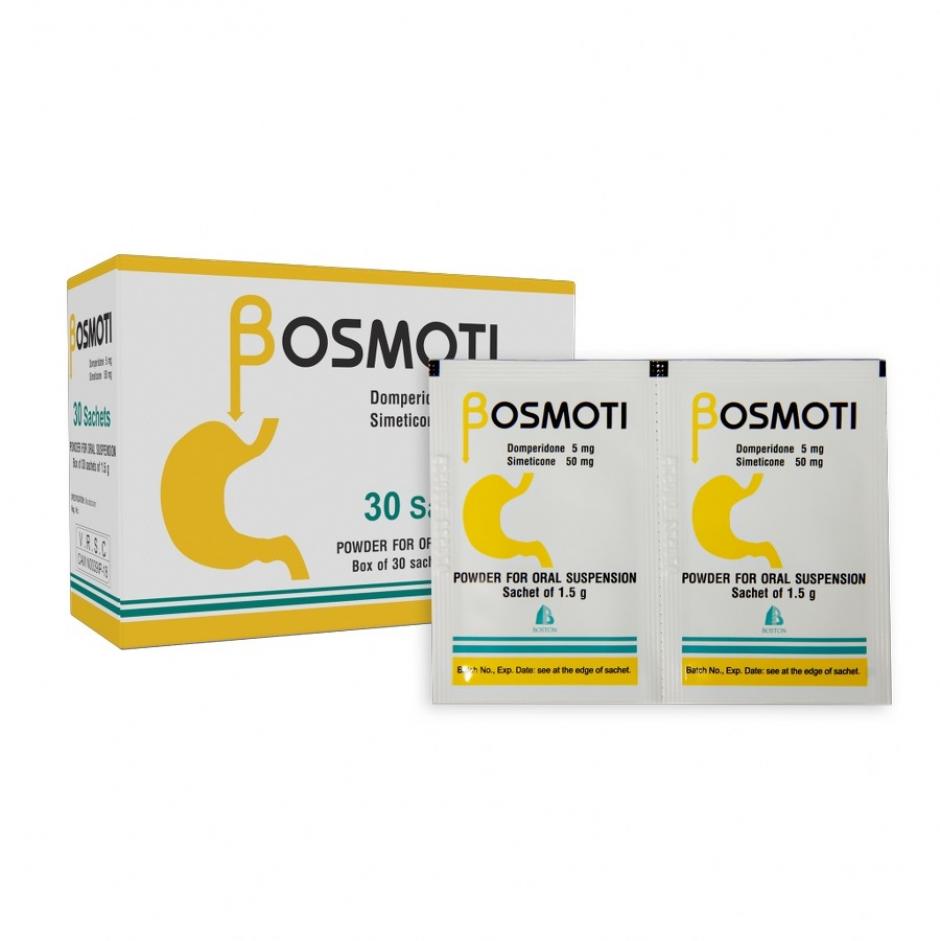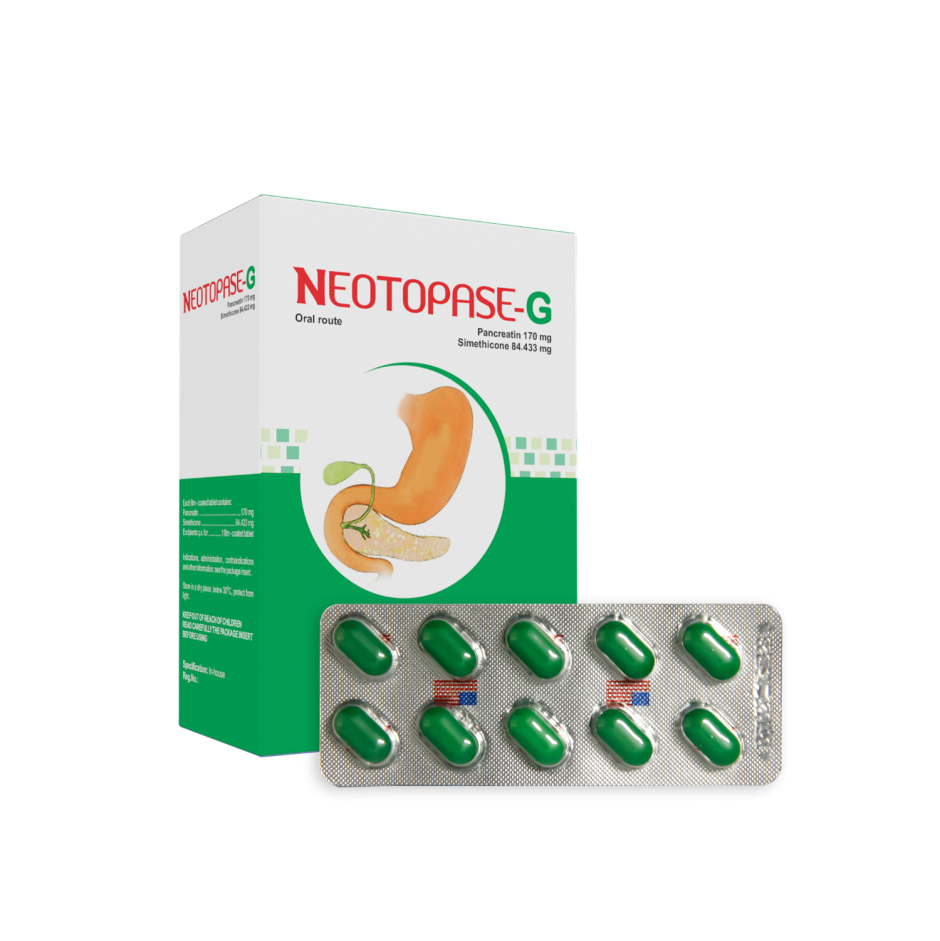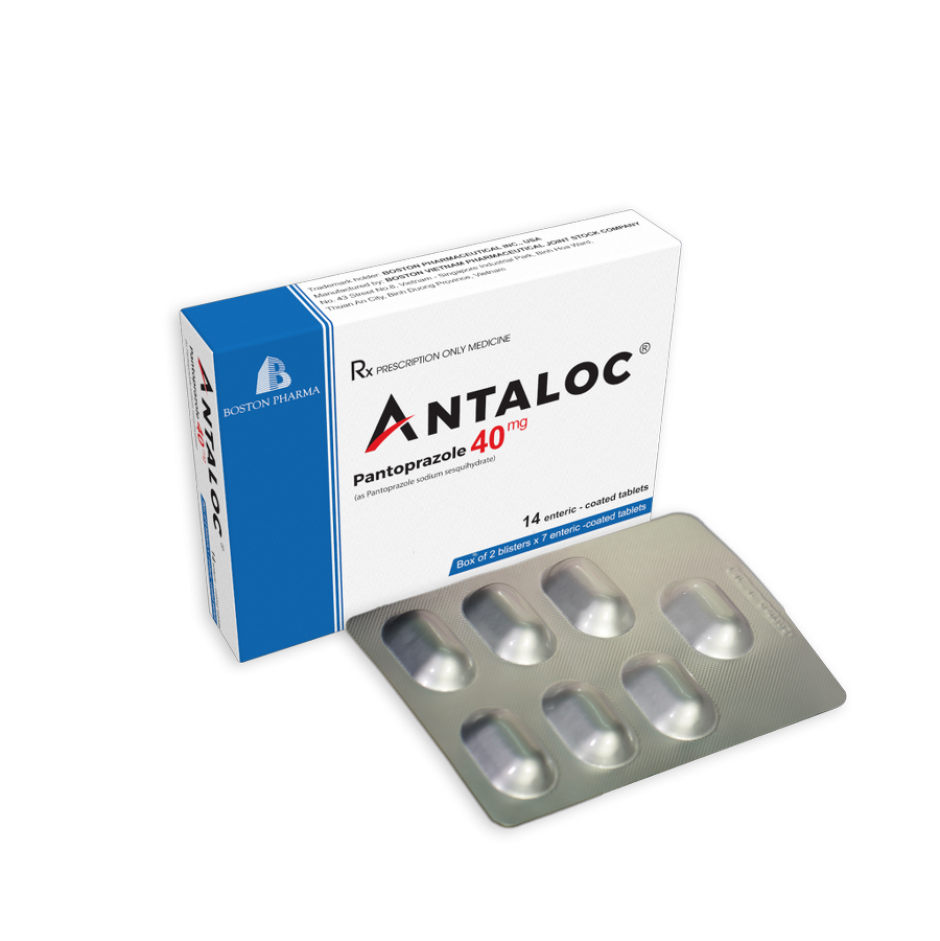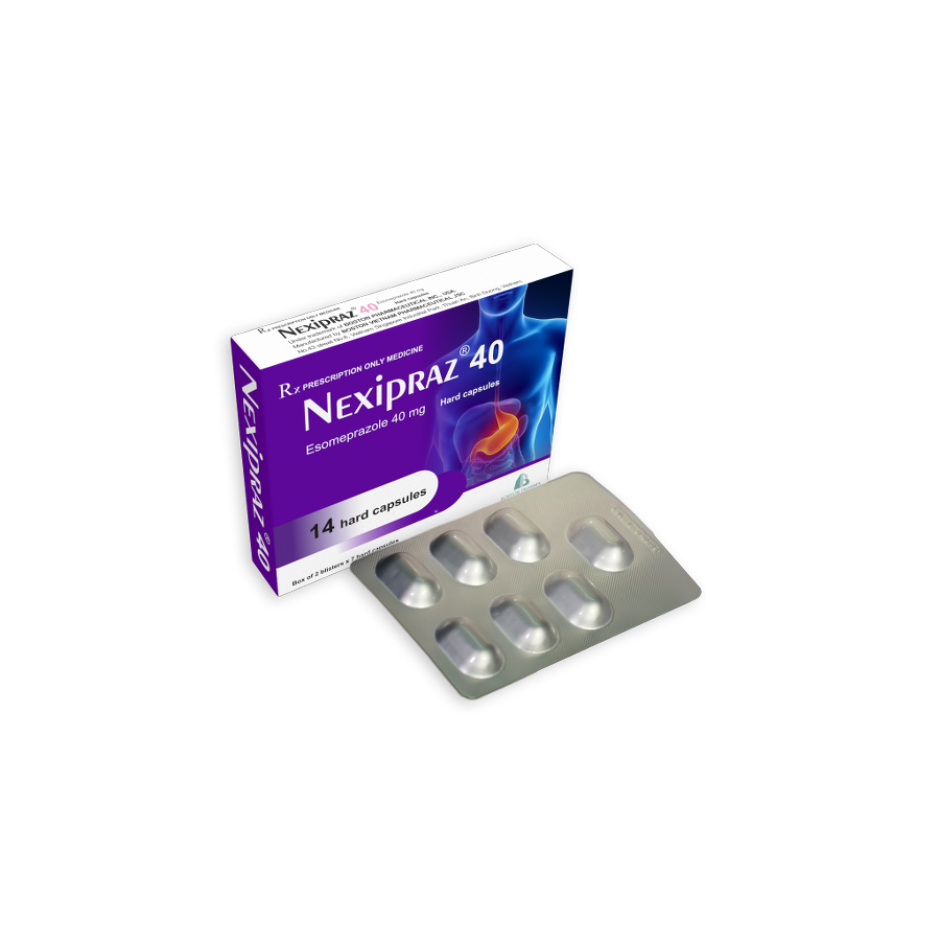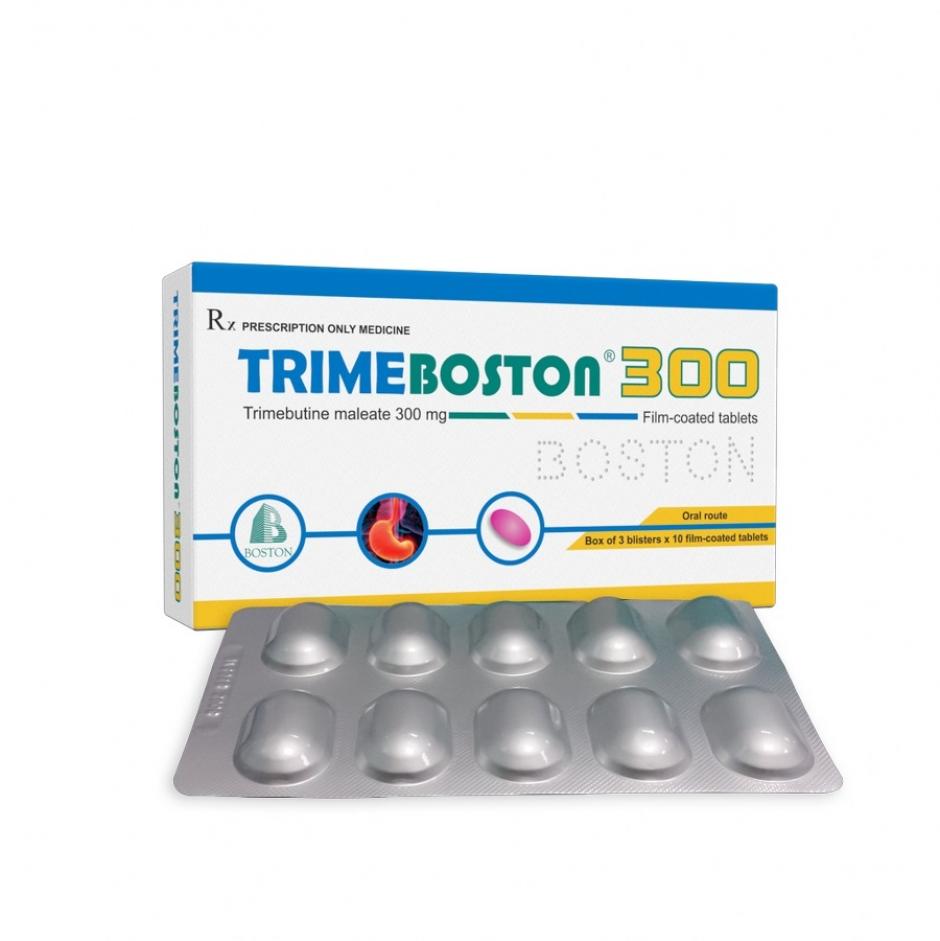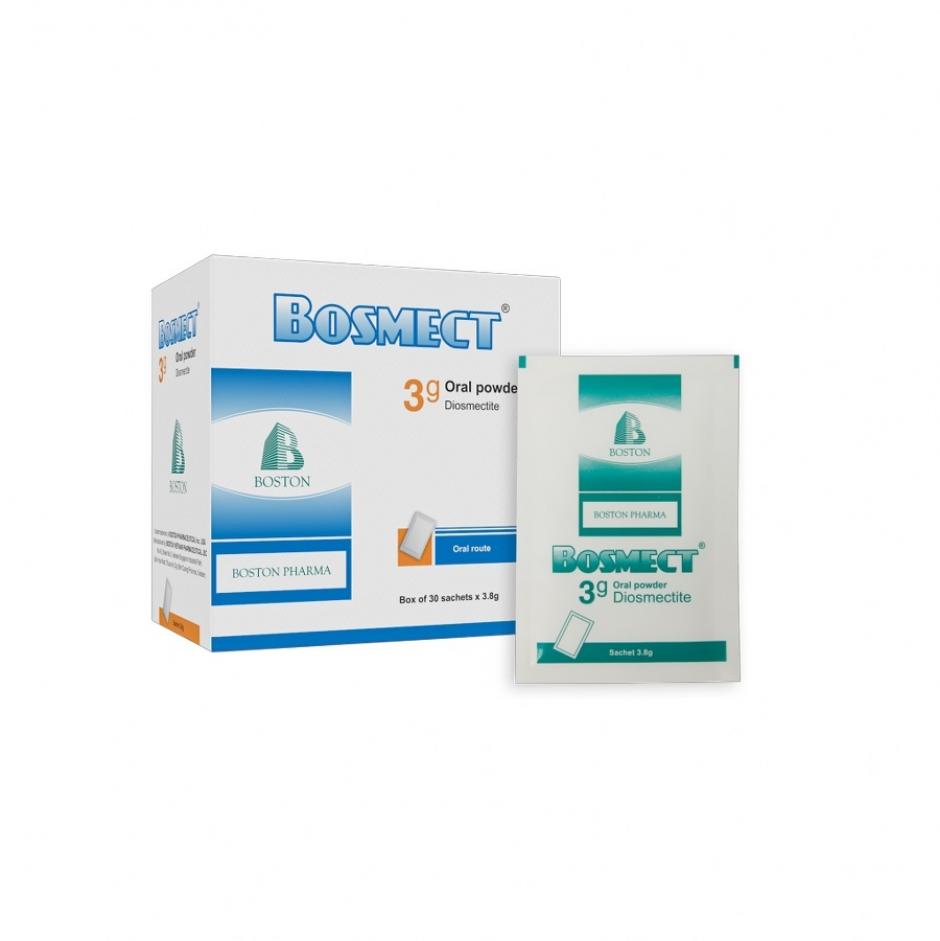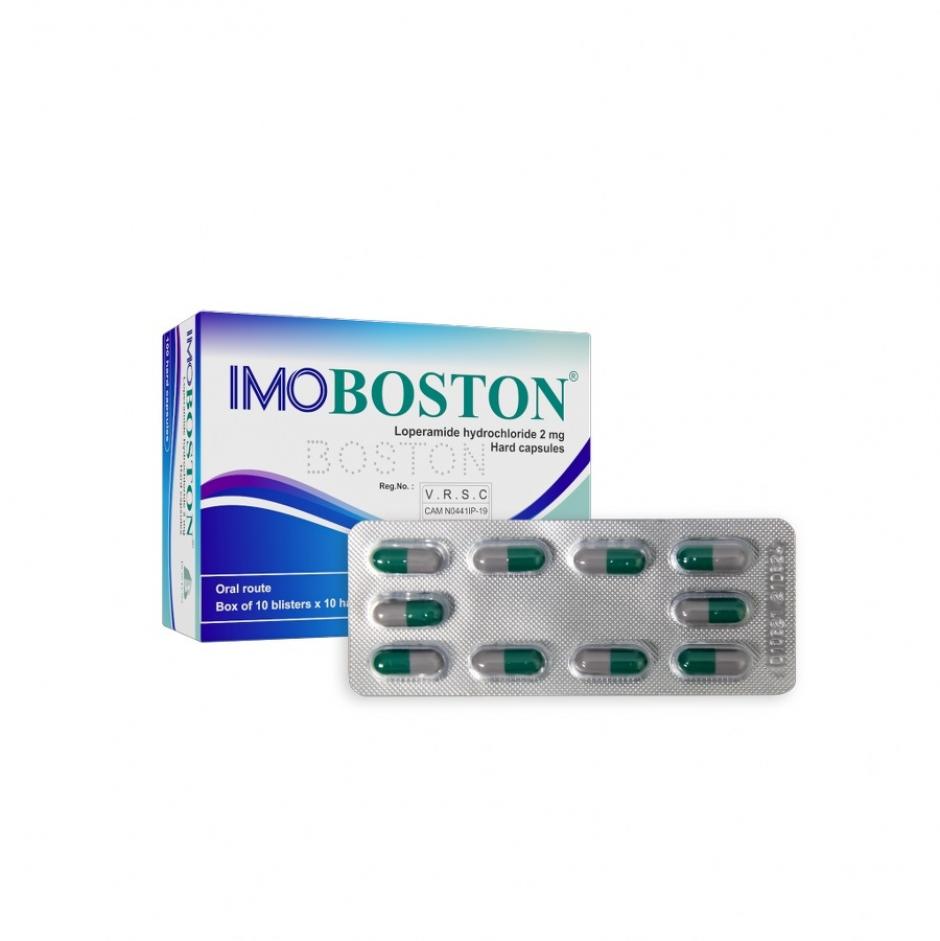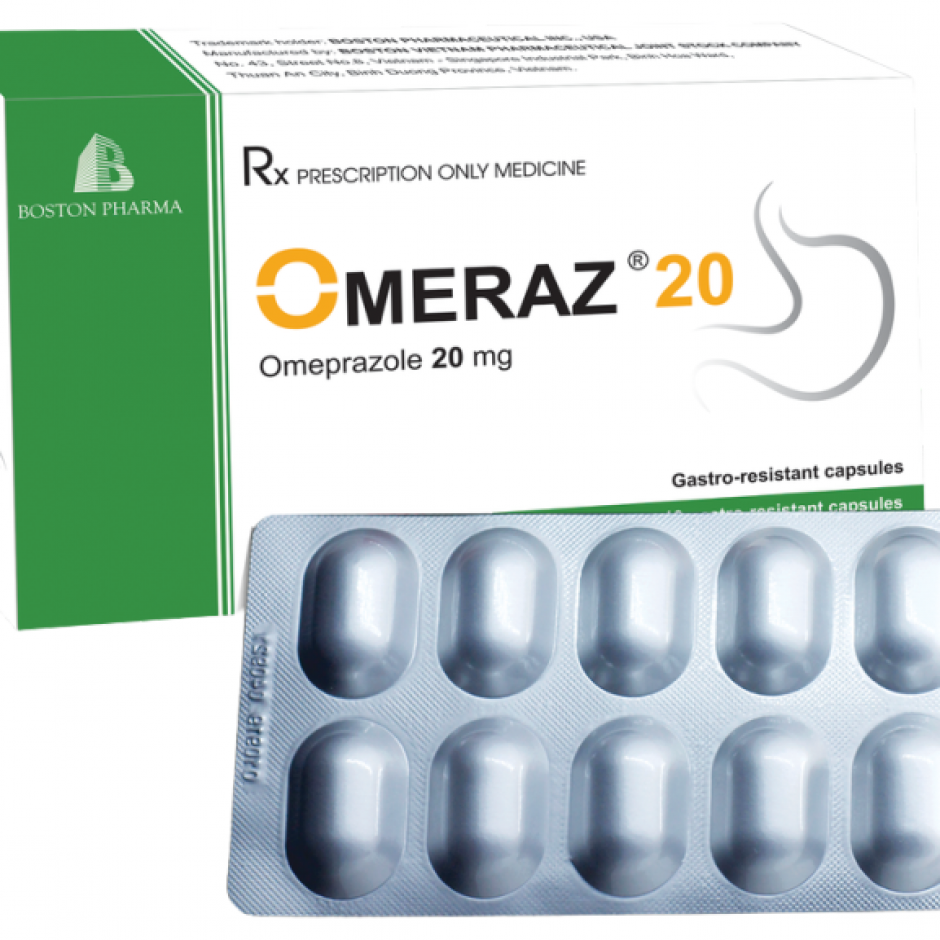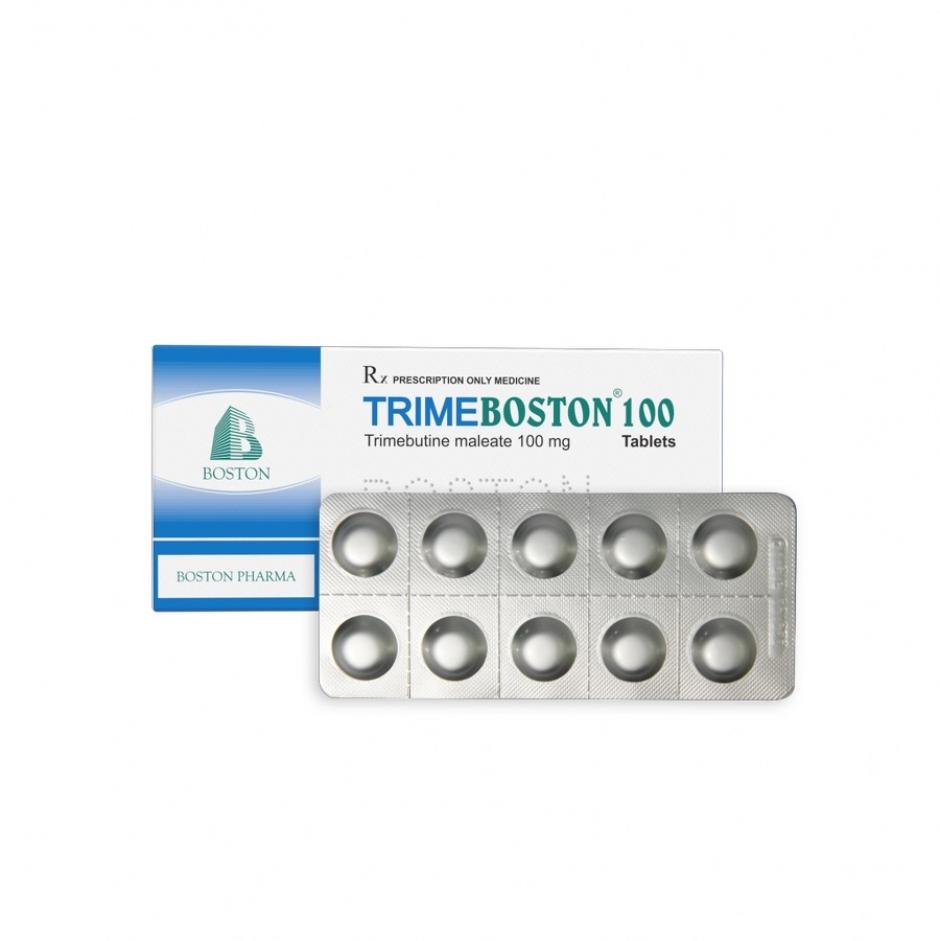ADMINISTRATION AND DOSAGE
Posology:
Adults and adolescents (12 years of age and older and weighing 35 kg or more)
One 10mg tablet up to three times per day with a maximum dose of 30 mg per day.
Neonates, infants, children (less than 12 years of age) and adolescents weighing less than 35 kg
Due to the need for accurate dosing, MOTIBOSTON are unsuitable for use in children and adolescents weighing less than 35 kg.
Hepatic Impairment
MOTIBOSTON is contraindicated in moderate or severe hepatic impairment. Dose modification in mild hepatic impairment is however not needed.
Renal Impairment
Since the elimination half-life of domperidone is prolonged in severe renal impairment, on repeated administration, the dosing frequency of MOTIBOSTON should be reduced to once or twice daily depending on the severity of the impairment, and the dose may need to be reduced. Such patients on prolonged therapy should be reviewed regularly.
Administration:
MOTIBOSTON should be used at the lowest effective dose for the hortest duration necessary to control nausea and vomiting.
It is recommended to take oral MOTIBOSTON before meals. If taken after meals, absorption of the drug is somewhat delayed.
Patients should try to take each dose at the scheduled time. If a cheduled dose is missed, the missed dose should be omitted and the usual dosing schedule resumed. The dose should not be doubled to make up for a missed dose.
Usually, the maximum treatment duration should not exceed one week.
CONTRAINDICATIONS:
MOTIBOSTON is contraindicated in the following situations:
• Known hypersensitivity to domperidone or any of the excipients
• Prolactin-releasing pituitary tumour (prolactinoma).
• when stimulation of the gastric motility could be harmful e.g in patients with gastro-intestinal haemorrhage, mechanical
obstruction or perforation.
• in patients with moderate or severe hepatic impairment.
• in patients who have known existing prolongation of cardiac conduction intervals, particularly QTc, patients with
significant electrolyte disturbances or underlying cardiac diseases such as congestive heart failure.
• co-administration with QT-prolonging drugs, at the exception of apomorphine.
• co-administration with potent CYP3A4 inhibitors (regardless of their QT prolonging effects).
SPECIAL WARNINGS AND PRECAUTIONS FOR USE
Cardiovascular effects
Domperidone has been associated with prolongation of the QT interval on the electrocardiogram. During post-marketing surveillance, there have been very rare cases of QT prolongation and torsades de pointes in patients taking domperidone. These reports included patients with confounding risk factors, electrolyte abnormalities and concomitant treatment which may have been contributing factors.
Epidemiological studies showed that domperidone was associated with an increased risk of serious ventricular arrhythmias or sudden cardiac death. A higher risk was observed in patients older than 60 years, patients taking daily doses greater than 30 mg, and patients concurrently taking QT-prolonging drugs or CYP3A4 inhibitors.
Domperidone should be used at the lowest effective dose in adults and children.
Domperidone is contraindicated in patients with known existing prolongation of cardiac conduction intervals, particularly QTc, in patients with significant electrolyte disturbances (hypokalaemia, hyperkalaemia, hypomagnesaemia), or bradycardia, or in patients with underlying cardiac diseases such as congestive heart failure due to increased risk of ventricular arrhythmia. Electrolyte disturbances (hypokalaemia, hyperkalaemia, hypomagnesaemia) or bradycardia are known to be conditions increasing the proarrythmic risk.
Treatment with domperidone should be stopped if signs or symptoms occur that may be associated with cardiac arrhythmia, and the patients should consult their physician.
Patients should be advised to promptly report any cardiac symptoms.
Use with apomorphine
Domperidone is contra-indicated with QT prolonging drugs including apomorphine, unless the benefit of the coadministration with apomorphine outweighs the risks, and only if the recommended precautions for co-administration mentioned in the apomorphine SmPC are strictly fulfilled. Please refer to the pomorphine SmPC.
Use in infants
Although neurological side effects are rare, the risk of neurological side effects is higher in young children since metabolic functions and the blood-brain barrier are not fully developed in the first months of life.
Overdosing may cause extrapyramidal symptoms in children, but other causes should be taken into consideration.
Renal impairment
The elimination half-life of domperidone is prolonged in severe renal impairment. For repeated administration, the dosing frequency of MOTIBOSTON should be reduced to once or twice daily depending on the severity of the impairment. The dose may also need to be educed.
Excipients
The film-coated tablets contain lactose. Patients with rare hereditary problems of galactose intolerance, the Lapp lactase deficiency or glucose-galactose malabsorption should not take this medicine
SHELF-LIFE
36 months from the manufacturing date. Do not use after the expiry date.



_motiboston_900x900.png)
